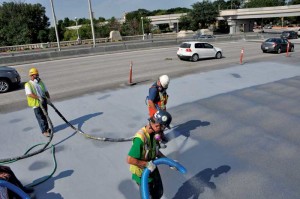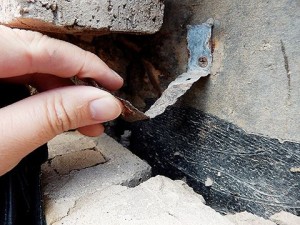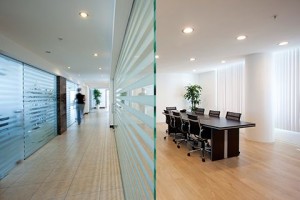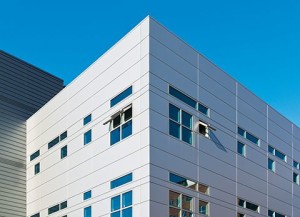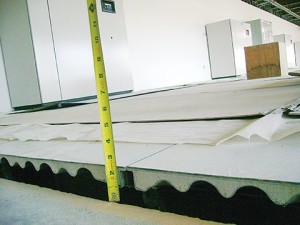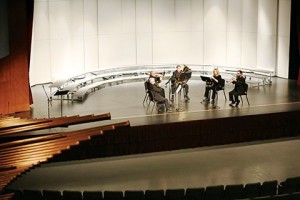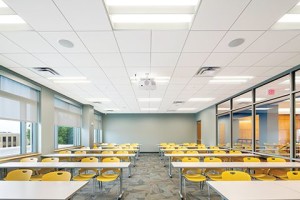A recent 60 Minutes episode, “Falling Apart,” noted America’s roads, bridges, airports, and rail lines are outdated, neglected, and need to be fixed. The segment goes on to state, “nearly 70,000 bridges in America—one out of every nine—is considered to be structurally deficient.”
+ Read More
|
Architectural zinc (titanium-zinc alloy, rolled zinc, zinc strip) is a soft, natural-weathering metal that has been used for centuries in various roof applications. Its value reaches far beyond beauty and durability.
+ Read More
|
One of the most important, and least understood, aspects of project management is the ‘float.’ Generally thought of as extra time or leeway for completing work, its use remains controversial, with some arguing the calculations involved are fraught with deception.
+ Read More
|
Masonry veneer is a common cladding type due to its aesthetics and perceived durability. However, the design documents provided to contractors frequently lack the necessary building code and industry standard requirements for constructing anchored masonry veneer, jeopardizing the long-term performance.
+ Read More
|
Gypsum is a mineral that has been used in building materials for centuries. However, gypsum concrete as an underlayment is still misunderstood despite its growth in popularity over the last 40 years. As a result, several myths about using gypsum in this way have become canonized.
+ Read More
|
Privacy has all but vanished from the modern glass conference room and from much of the open-plan commercial office space. While additional frosting, static films, or vertical blinds can return some small measure of visual privacy, restoring speech privacy through acoustic treatment takes more finesse.
+ Read More
|
In the age of high-thermal-performance building envelopes, there can be many surprises when the designed wall system does not meet the expected performance criteria. Sometimes these ‘misses’ are significant and can severely impact the energy use for a building.
+ Read More
|
Composite steel assemblies are an efficient and popular structural option for floor construction. Figure 1 shows a typical assembly, consisting of a steel beam, metal deck, concrete slab, and shear connectors.
+ Read More
|
Superior musicians demand the best from themselves. Facilities with the proper acoustics can support musicians’ artistry, helping to elevate performances to the highest level. To improve the sound quality of its chapel-auditorium, Wartburg College chose a new technological solution—an active acoustics system.
+ Read More
|
The International Building Code (IBC) sets minimum requirements for life safety and preservation of property. All 50 states and the U.S. Virgin Islands use the code at local or statewide levels. Following its requirements helps increase safety and may decrease possible long-term liability costs.
+ Read More
|
|
|


